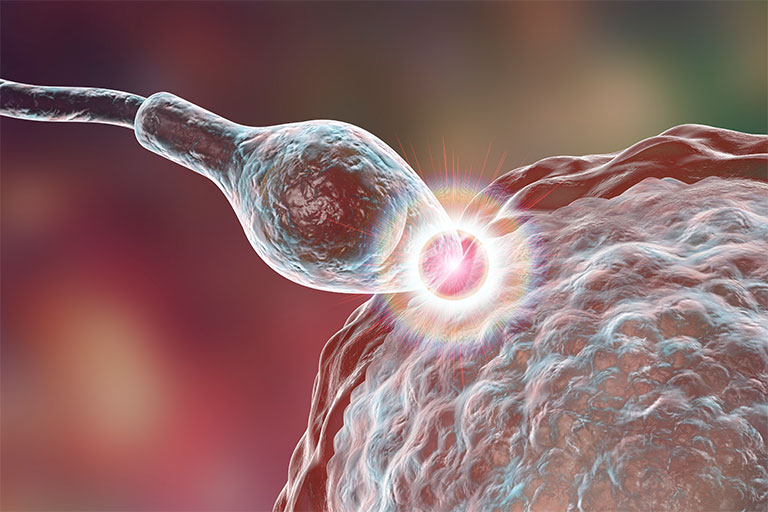
One of the most common questions potential egg donors ask is, “How often can you donate eggs?” Egg donation is a generous and life-changing process that allows individuals to help intended parents achieve their dreams of having a child.
However, because the process involves medical screenings, hormonal stimulation, and egg retrieval, medical guidelines are in place to ensure the safety and well-being of donors.
If you’re considering becoming a repeat donor, it’s essential to understand the recommended donation limits, recovery time, and how often you can safely undergo the procedure.
Below, we break down the donation timeline, how many times a donor can participate in a year, and why these guidelines exist.
How Many Times Can I Donate Eggs? Understanding the Guidelines
The American Society for Reproductive Medicine (ASRM) recommends that an individual should not donate eggs more than six times in their lifetime. These guidelines are designed to protect donor health and minimize any potential long-term effects.
Each egg donation cycle involves hormone treatments to stimulate the ovaries, followed by a medical procedure to retrieve the eggs. While the process is considered safe, multiple donations require careful medical supervision to ensure that the donor’s reproductive health remains unaffected.
How Many Times Can I Donate Eggs in a Year?
It’s important to note that fertility specialists recommend waiting at least three to four months between donation cycles. This waiting period allows hormone levels to return to normal and ensures the ovaries have fully recovered before undergoing another round of stimulation.
Based on this guideline, a donor can typically donate eggs up to three times per year, depending on their overall health and how their body responds to previous cycles. However, some clinics may recommend a longer recovery period if a donor experiences any side effects or complications.
Why Are There Limits on Egg Donation Frequency?
Limiting the number of donations per year and over a lifetime is essential for maintaining the donor’s health and safety. Here’s why these guidelines exist:
Protecting Egg Donor Health
Egg retrieval is a safe procedure, but repeated ovarian stimulation can cause temporary side effects to egg donors, such as bloating, discomfort, or, in rare cases, ovarian hyperstimulation syndrome (OHSS). Giving the body enough time to recover between cycles helps minimize risks.
Maintaining Long-Term Fertility
Although donating eggs does not deplete a donor’s egg supply or cause infertility, repeated hormonal stimulation may temporarily affect the menstrual cycle. Following recommended guidelines ensures the donor’s body has time to regulate itself naturally.
Ethical and Genetic Considerations
Since donated eggs can be used to create multiple embryos, fertility specialists limit the number of times a donor’s eggs can be used to prevent excessive genetic distribution. Clinics also track donor histories to ensure ethical standards are maintained.
Understanding Egg Donation Frequency
So, how often can you donate eggs? While repeat donations are possible, the ASRM recommends a maximum of six donation cycles in a lifetime, with at least three to four months between each cycle. This means that a donor can safely donate eggs up to three times per year, depending on their health and medical recommendations.
At Carrying Dreams, we are committed to guiding egg donors through a safe and rewarding donation journey. As a trusted surrogacy and egg donation agency, we work exclusively with U.S.-based egg donors, ensuring high standards of care while helping intended parents worldwide build their families. If you’re interested in donating eggs, we support you every step of the way.



